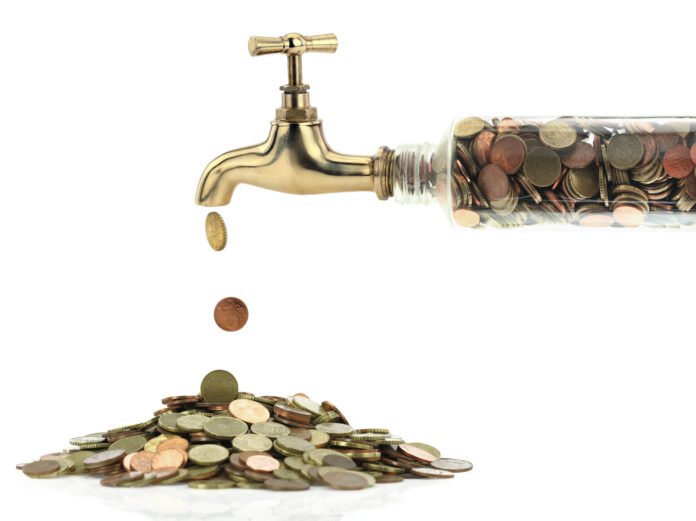A regular American household spends around $1000 a year on their average water bill. You might spend this money on your water bill, paying for bottles of water, and buying things to do with water. But what if you could limit your water waste and also save money?
There are water shortages and changes in the environment in many parts of the world, so we need to learn how to use less water. Doing so allows us to maintain our happy and healthy lives.
Here, we will share some tips on how to save water at home and stop wasting it.
Take Shorter Showers
One of the easy ways to reduce water usage at home and stop wasting it is to take shorter showers or cut down on how long you spend in the shower. You can start by being aware of the amount of time you spend in the shower and gradually shortening it each day or each week until it is a reasonable length.
Other ways to save water in the shower, such as using low-flow showerheads and taking a shower instead of a bath. Also, turning off the tap while you soap up or shave can help reduce the amount of water you use and save money too.
Encouraging the whole family to participate in these habits can help create a culture of resource conservation. This can benefit the entire household and planet.
Check Faucets for Leaks
A leaking faucet can cause a big waste of precious water. It can also cost you money in the long run.
When checking for leaks, make sure to look at the faucet itself, under the sink, and outside. Look for small drips, wet areas, and corroded valves. If you find any, take the necessary steps to repair the leak.
Fixing or replacing this type of fixture may require plumbing knowledge and professional help if you don’t have any. Doing regular checks of your faucets can help reduce the amount of water you waste and save you money.
Rainwater Collection
As a next step, homeowners can take a step further in saving water by collecting and storing rainwater for multiple uses. Learning how to store water collection at home involves installing a tank, preferably a 1500 gallon water tank made from food-grade, UV-resistant material, and connecting it to piping systems to collect rainwater.
In some municipal areas, subsidies are available for the installation of rainwater collection systems. Homeowners can also build their own systems with readily available materials such as buckets and barrels.
Collected rainwater can also be used for the irrigation of lawns, flushing toilets, and washing clothes. Collected rainwater is even suitable for drinking water, though it may require additional treatments. Collecting and reusing rainwater is a great way to save water and reduce wastage at your home.
Learn How to Save Water at Home
It’s important to monitor the amount of water you use to ensure you save as much as possible. By following the simple steps on how to save water at home, you can start saving water and reducing the amount of energy used to supply it. Make a difference – start saving today!
For more informative topics, check out the rest of our site.













